A Comparative Read of Versions 1 and 2 of EU's Fiscal Compact
Adelina Marini, January 9, 2012
 The fiscal compact, agreed at the European Council on December 8-9 2011 has to be ratified by 15 countries in order to enter into force, according to the second draft of the treaty, presented to the member states in the working group on Friday (January 6). This is one of the essential novelties in the new draft. Another one is that there is already a deadline in the framework of which the fiscal compact has to be incorporated into EU law. Below we offer you a comparative read of those parts of the two texts where there are significant changes, without having the pretences of being thorough.
The fiscal compact, agreed at the European Council on December 8-9 2011 has to be ratified by 15 countries in order to enter into force, according to the second draft of the treaty, presented to the member states in the working group on Friday (January 6). This is one of the essential novelties in the new draft. Another one is that there is already a deadline in the framework of which the fiscal compact has to be incorporated into EU law. Below we offer you a comparative read of those parts of the two texts where there are significant changes, without having the pretences of being thorough.
The first thing that impresses right away in Version 2 is that it is already called a Treaty and not an Agreement. The way these words are interpreted, there is no essential difference between the two but apparently for the legal experts that take part in the composition of the text there is. In general a Treaty sounds more binding. In the new draft too it is stipulated that its main objective is to be incorporated in the founding treaties of the EU. What forced the creation of a fiscal compact was Britain's vetoing proposed treaty amendments, aimed at increased economic coordination, including in the financial sector, where London saw a direct threat for the City. This resistance was described by PM David Cameron as defending the "British national interest", after he had not gained the wanted safeguards.
The Treaty already speaks of a stronger coordination of economic polices, while in the first draft it talked about agreeing to strengthen budgetary discipline and reinforce economic policy coordination and governance. In the new draft in Article I, point 1 it is pointed out that this means enhanced governance to foster fiscal discipline and deeper integration of the internal market, as well as strong growth, enhanced competitiveness and social cohesion - this is already a much more detailed and stronger commitment among the participating countries, than is the more general formulation in Version 1.
The third title is no longer called "Budgetary Discipline" but a "Fiscal Compact". There is a change in Article 5. In the first version it was written that the countries in an excessive debt procedure should submit to the Commission and the Council a binding programme for budgetary and economic partnership, in which they should thoroughly describe the structural reforms that are needed for achieving an effective and durable correction of the excessive deficit. In the second version it is added that the programme must be submitted " for endorsement" by the Council and the Commission, which will also monitor their implementation. Another change in this article is that it envisages the content and the format of such programmes to be defined according to EU law.
There is a significant change in Article 6, where before it was written that the contracting parties would improve the reporting of their national debt issuance. In the new version it is stipulated that they shall COORDINATE their national debt issuance.
The text of Article 7 is changed essentially, which defines the adherence to the 3% ceiling of the deficit, as it is stipulated in the Stability and Growth Pact, an unabolished part of EU law. In the first draft it was written that the eurozone countries in an excessive deficit procedure will support the recommendations of the Commission, unless they are rejected by a qualified majority - the so called reverse voting procedure. In the second version the DEBT criterion is added, which will be reported within the excessive deficit procedure.
The procedure was amended with the reform of the economic governance, precisely with the aim to include the debt indicator. It is obvious that the new text aims to seek as specific as possible a case when the European Commission can make recommendations, but instead the voluntary character is kept: the countries "undertake to support the proposals or recommendations put forward by the European Commission". What draws attention is that the second version does not quote any specific references (3% in the first version). Probable reasons are that on the one hand the reference values of debt and budgetary deficit are clear - 60% and 3% of GDP respectively. On the other hand, though, this might mean that the Commission will decide.
There are changes in another important article - number eight, which refers to the role of the European Court of Justice. The initial text said that if any contracting party considered that another had failed to comply with Article 3(2), referring to the countries' commitment to include automatic sanctions when violating fiscal discipline in their highest legislation, then this country could raise the issue with the European Court of Justice, and the decisions of the court would be binding. In the new version it is said that the issue can be raised before the court by a member state, but the European Commission can, on behalf of the other contracting parties, undertake actions before the court for a possible breach of Title III. And again the court's decision will be binding.
In other words, not only a single member state can raise the issue before the court but with an enhanced role comes the Commission. This could prove problematic, since Britain explicitly said in December that it would oppose if the fiscal pact involved the current EU institutions. British PM David Cameron reiterated this on Friday, when the new version was circulated to the member states for deliberation. According to EUobserver he had vowed to do everything possible to prevent EU institutions from being used in the new fiscal compact. Cameron, however, acknowledged that he might encounter legal difficulties to do that.
Title IV is with a changed title - from "Economic Convergence" it is changed to "Economic Coordination". In Article 9 there is a serious retreat from the initial thinking. In version 1 it was written that "Without prejudice to the economic policy coordination as defined in the Treaty on the Functioning of the European Union, the Contracting Parties undertake to work jointly towards an economic policy fostering growth through enhanced convergence and competitiveness and improving the functioning of the Economic and Monetary Union (EMU)".
In version 2 the formulation is much different: "Building upon the economic policy coordination as defined in the Treaty on the Functioning of the European Union, the Contracting Parties undertake to work jointly towards an economic policy; fostering the smooth functioning of the Economic and Monetary Union and economic growth
i through enhanced convergence and competitiveness".The first version talks about such economic policies that would be with no prejudice to the existing provisions of the EU treaties, while the new version speaks of a building upon, in other words a continuation of what had been approved on a Union level. Besides, a commitment is made to ensure the smooth functioning of the EMU and not as it was with the first version - first growth and then, on the third place, improving the functioning of EMU. This change can be interpreted as a softening of tone.
In Article 10, on the opposite, there is a hardening. Initially it envisaged moving towards "enhanced cooperation" on vital issues for the smooth functioning of the euro area - on a diplomatic language this is precisely Europe on two speeds - the eurozone and the rest, as it is pointed out, of course, that this would not be for the sake of the internal market. In the new version it is explicitly quoted on which article of the Treaty on the Functioning of the EU this can be realised - article 136*, which was amended last year in order to allow the creation of the European Stability Mechanism (ESM).
From Title IV an important text has dropped out, allowing the European Parliament to be consulted on the economic and budgetary issues. The parliament is not entirely excluded from the process, as it is mentioned in Article 12, which envisages the president of the euro summit, which will more regular, to inform closely the European Parliament of the results from the eurozone summit, which is in fact a post factum event.
In the General and Final Provisions there are novelties as well. In point 2 of Article 14 it is said that the Treaty will enter into force after being ratified by 15 parties. In version 1 the ratification of only 9 countries was required. A sixth and last point is added to this text, in which it is pointed out that within five years from the entry into force of the Treaty, after an assessment of its implementation, an initiative will be launched for it to be incorporated into the legal framework of the EU. With this text for the first time a concrete deadline is provided, because in the first version there was no deadline, it was only mentioned that its objective was this to happen "as soon as possible".
Of course, this is not at all a final version of the document. The negotiations will continue, as at the December summit it was decided the text to be ready and approved by March at the latest. The issue will be discussed at the first for this year European Council on January 30, and before that by the Ecofin. As the tradition goes, before the Council there will again be a summit between the EU driving forces - France and Germany, but the surprise this time is that they will be joined by the new Italian PM, Mario Monti.
*Art. 136: 1. In order to ensure the proper functioning of economic and monetary union, and in accordance with the relevant provisions of the Treaties, the Council shall, in accordance with the relevant procedure from among those referred to in Articles 121 and 126, with the exception of the procedure set out in Article 126(14), adopt measures specific to those Member States whose currency is the euro:
(a) to strengthen the coordination and surveillance of their budgetary discipline;
(b) to set out economic policy guidelines for them, while ensuring that they are compatible with those adopted for the whole of the Union and are kept under surveillance.
2. For those measures set out in paragraph 1, only members of the Council representing Member States whose currency is the euro shall take part in the vote.
A qualified majority of the said members shall be defined in accordance with Article 238(3)(a).
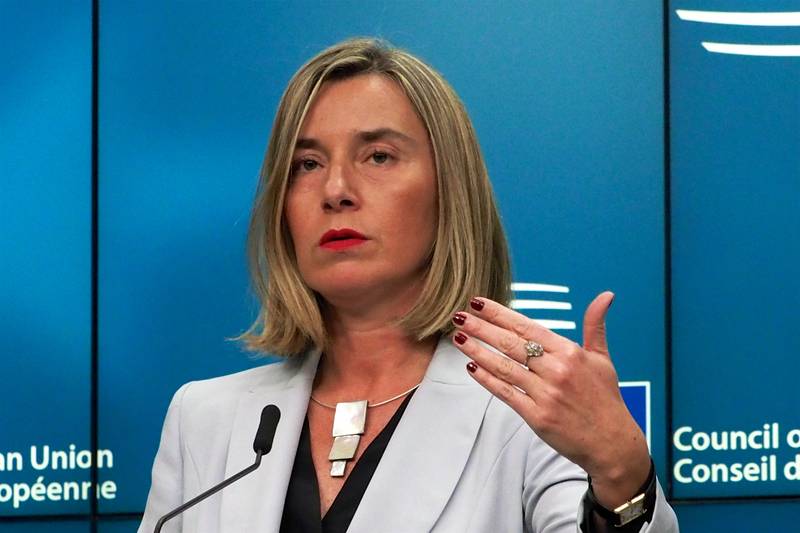 Federica Mogherini | © Council of the EU
Federica Mogherini | © Council of the EU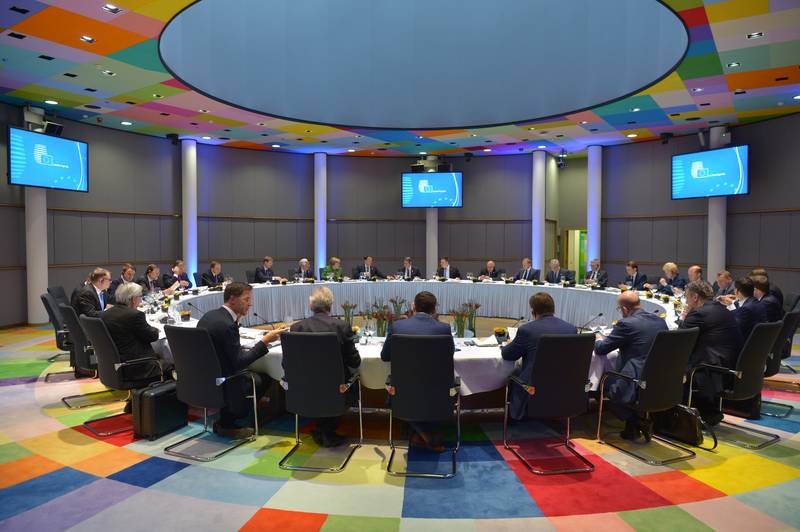 | © Council of the EU
| © Council of the EU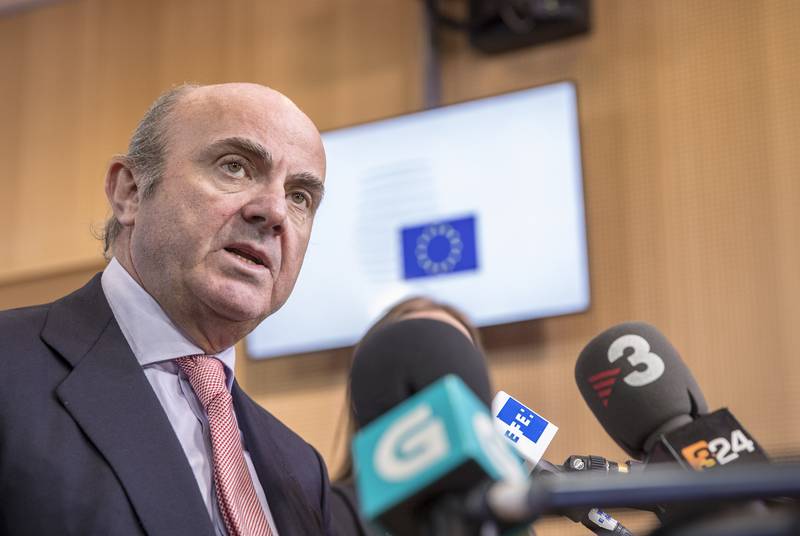 Luis De Guindos | © Council of the EU
Luis De Guindos | © Council of the EU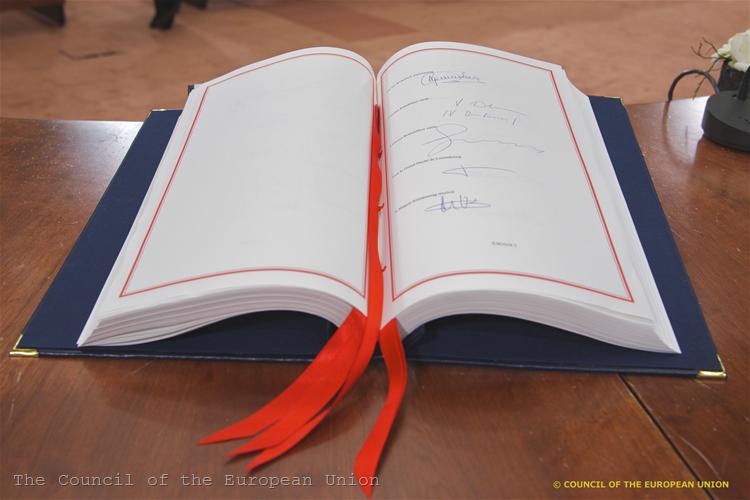 | © The Council of the European Union
| © The Council of the European Union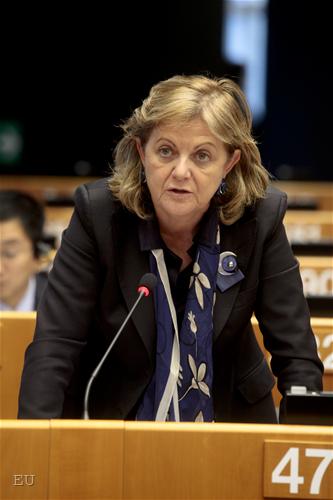 | © EU
| © EU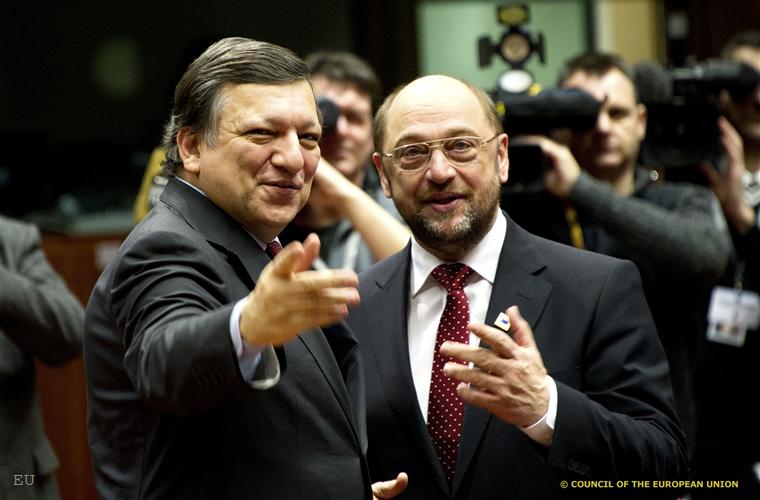 | © EU
| © EU